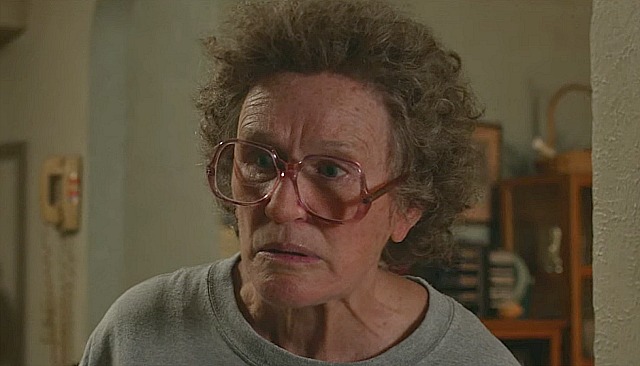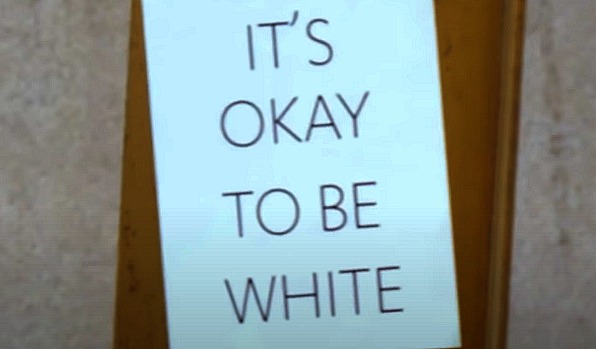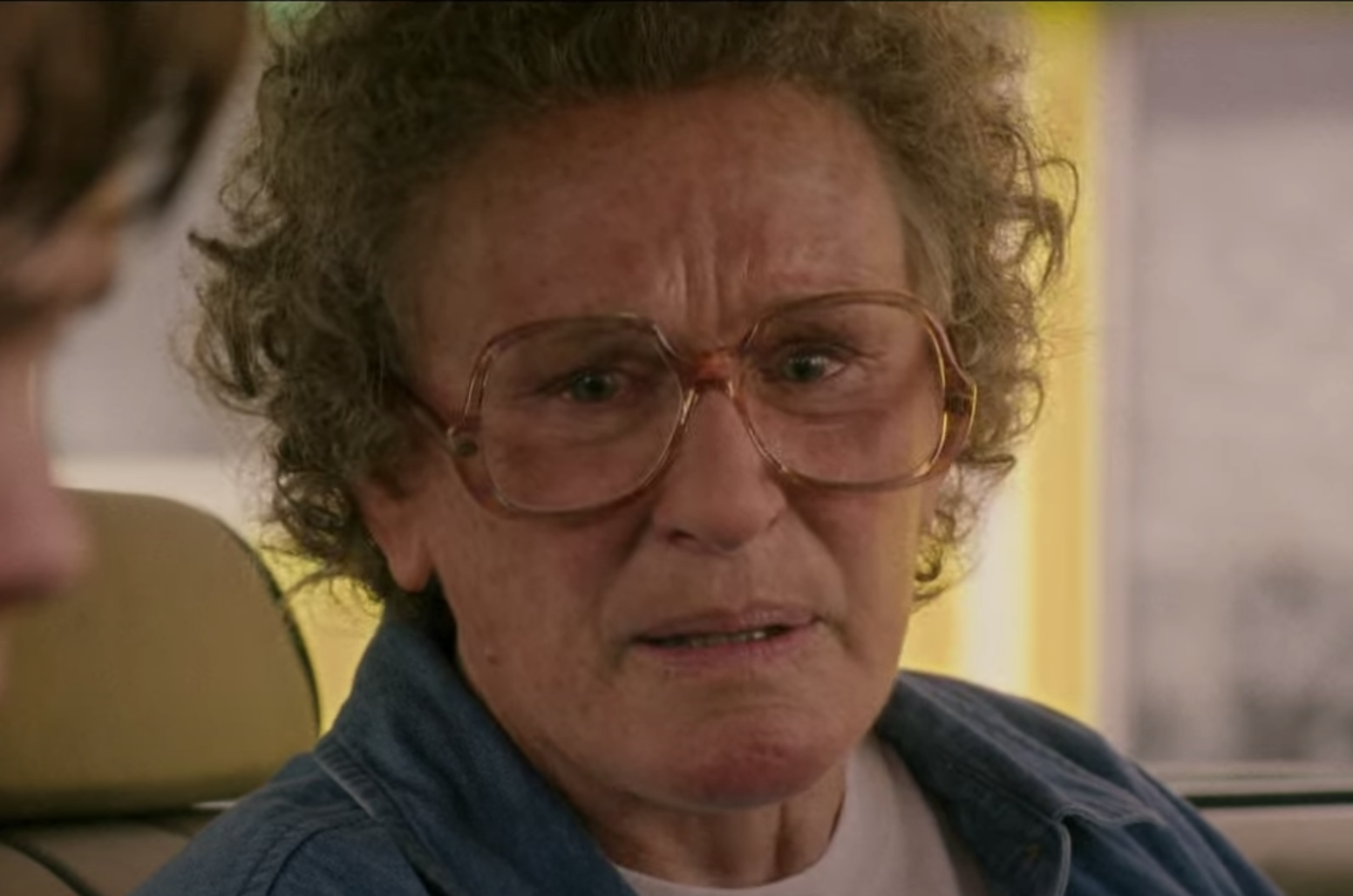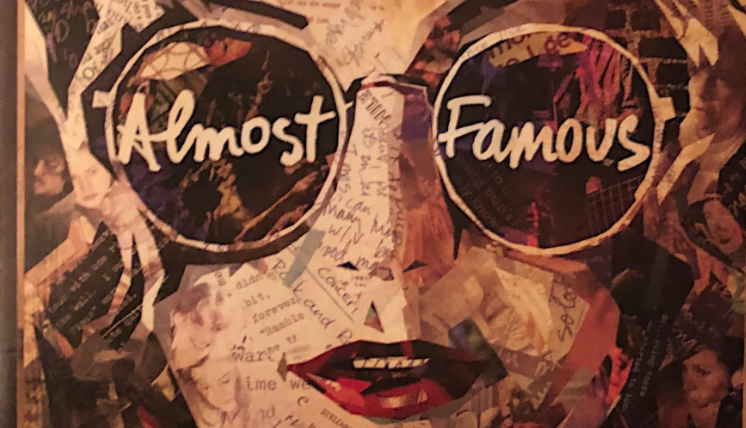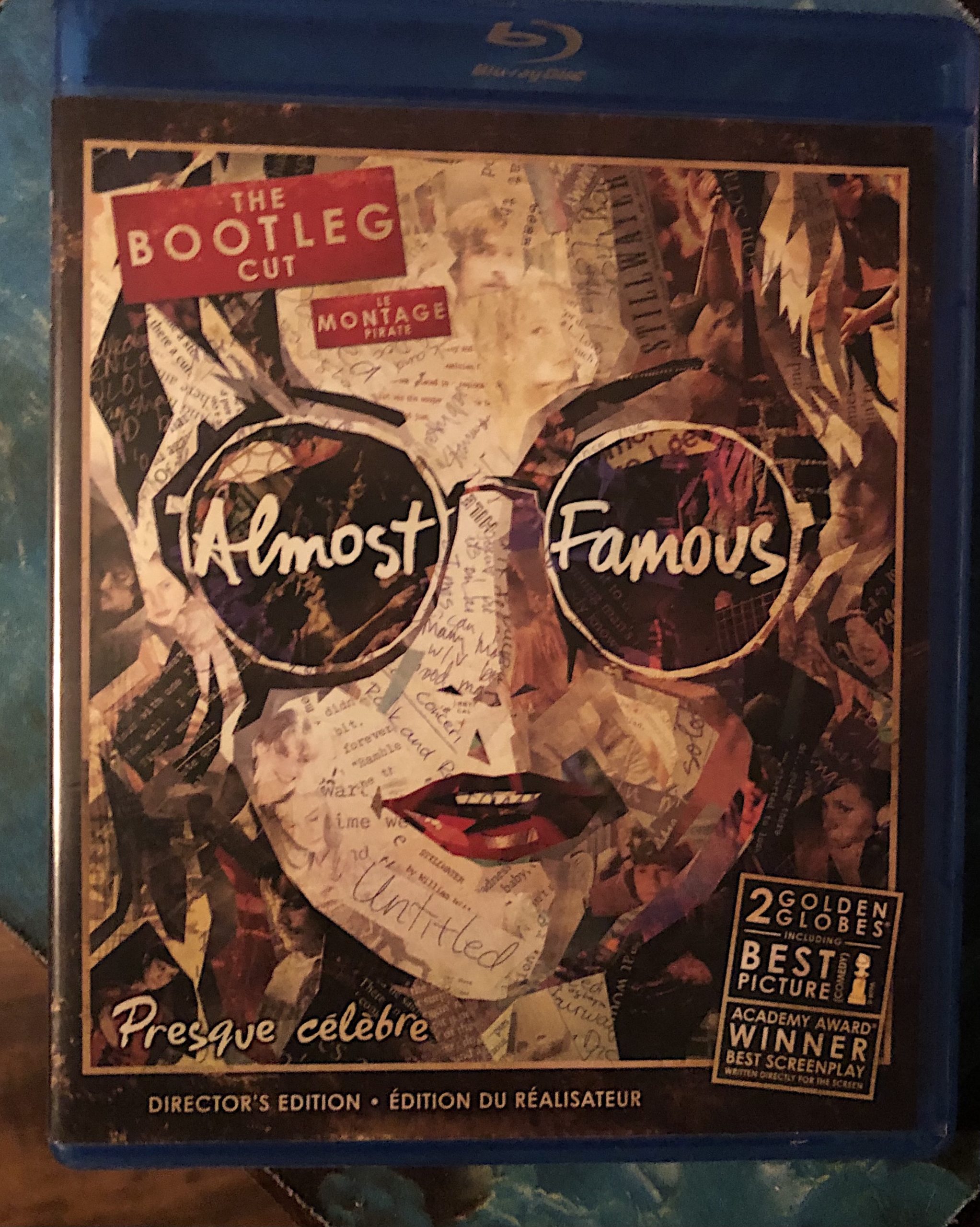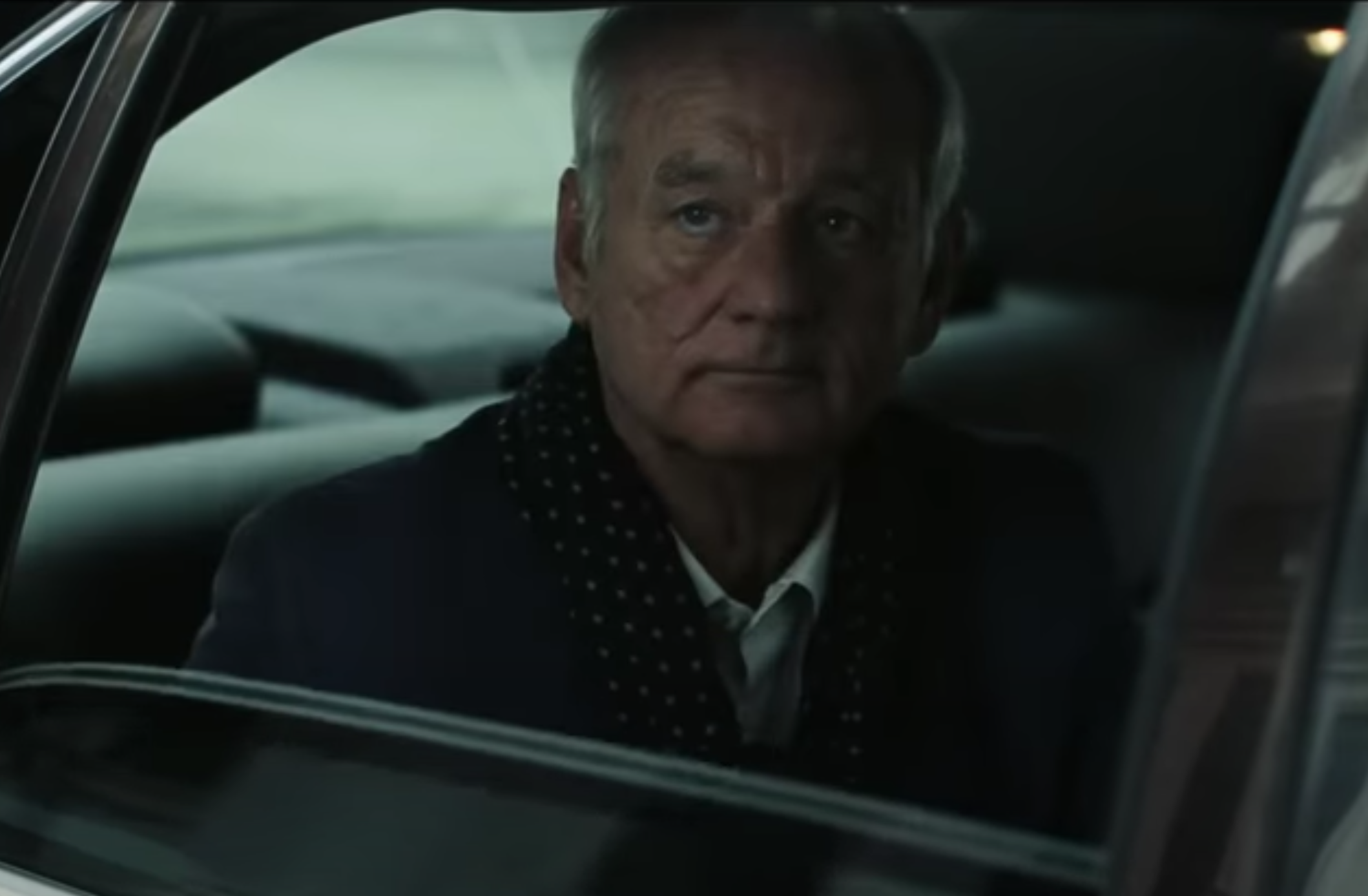…if and when Biden wins and Trump retires to Mar a Lago?
Friendo: “It’s probably too late to put [the woke] genie back in the bottle as an entire generation has been brainwashed by the gender-studies-and-identity-politics fascist-college-professor mafia, and the mainstream media has been infiltrated by this insanity as if eaten by termites. I grieve for all of this (and have for several years now), and I really do get it.
“[But eventually] backlashes are going to set in (did you see Bill Burr‘s opening monologue on SNL? — I was shocked that they allowed it). And once the fervor goes out of the whole idea of a ‘resistance’ (a term so despicable and narcissistic that it makes me almost physically ill), I think some of the wind may go out of the woke sails.
“Things go out of fashion, and then come back in. And vice versa. And wokeness, as destructive as it is, is nothing if not fashion. It has no more moral reality than buying a handbag to prove you’re cool.
“Basically, wokeness is white supremacy for hipsters. I assume that at some point people with IQs over 100 are going to start figuring that out.”
HE to Friendo: I have more motivation to despise the wokester totalitarian thought-police left than most. I’ve flirted with primitive fantasies I’d rather not speak of. Sometimes I feel as if I’m Travis Bickle talking to Peter Boyle in that scene outside the Belmore Cafeteria….”I’ve got some really bad thoughts.” Nobody despises these monsters like I do.
Trump is not a “bad” person. We’re all frightened and delicate children under the crust, but he’s the closest thing I’ve ever seen or heard of who seems a literal manifestation of evil…a sloppy, lying, toxic, terrified, improvising, totalitarian, foam-at-the-mouth blowhard brute of the lowest order. Silvio Berlusconi, Recep Tayyip Erdogan, Benito Mussolini, Augusto Pinochat, Kim Jong Un, etc.
It has always bothered me that some seem to see Biden-vs.-Trump in purely strategic terms. It’s a tennis match, a gladiatorial duel. Trump, they say, is merely a product, an agenda, point of view. These folks never seem to mention the moral necessity of banishing the demented, alcoholic uncle who’s blasting shotun holes through the walls and generally trashing the community. “Trump might win if he does this or that,” they say. “If people despise the left enough they might break for him,” etc. This is a moral issue, not a strategic one. It’s life vs. death. Trump is not a “bad guy.” He’s literally Satanic.
Friendo: “There’s no such thing as a sure thing. But there’s something that even the polls and studies don’t measure — that the nation seems exhausted by Trump. It’s like living with a drug abuser. After a while, you just want out.”




